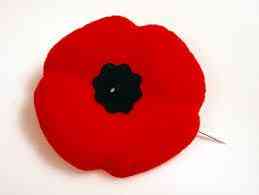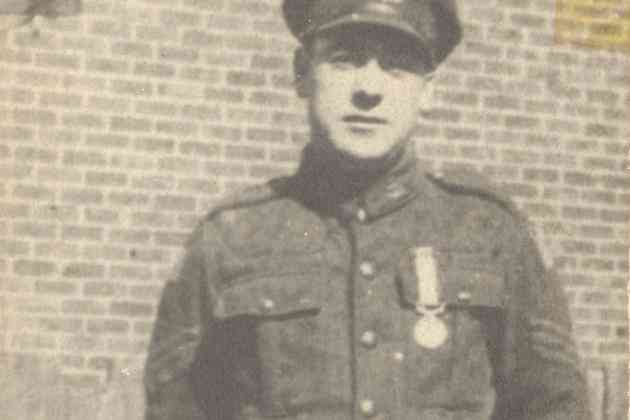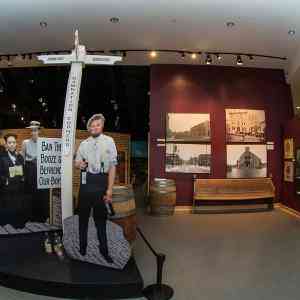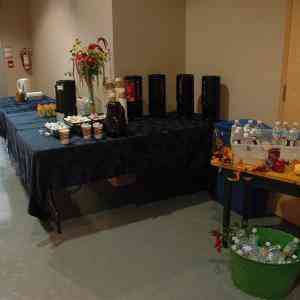
We Still Remember 99 Years Later
99 years ago the thunder of guns signaled the start of the Great War, to which more than 600 000 Canadian men and women answered the call and enlisted. You may not know their names, but you can find them. From simple plaques in the smallest towns to the grand memorials of major cities and if you go further afield you will see the names on white crosses arranged like soldiers on parade.
When the war started it would last more than four years and take the lives of more than 9 million combatants. Archeological digs are still revealing what life was like for the troops in trenches. The scale of casualties in the First World War was unprecedented. Heavy, prolonged rain turned the landscape into a sea of mud and soldier’s accounts tell of men drowning and disappearing into waterlogged shell craters. The characteristics of siege and trench warfare meant that fighting often moved back and forth over the same ground. The day to day survival in filthy holes or trenches dug in to the ground and the hazards of exploding shells, snipers and grenades resulted in many casualties from sickness and wounds.
Thousands of soldiers were buried by comrades where they fell, or in a burial ground near the battlefield. Those individuals who reached a hospital behind the fighting lines and who died of their wounds would be buried in a cemetery near the hospital. Often it would be in an existing town or village cemetery or in a specially annexed burial plot.
After 1918 the battlefields were carefully cleared of equipment, ammunition and debris. Known burial sites were examined and many individual graves were moved to larger cemeteries.
However, some military dead remained undiscovered for decades after they fell. Some bodies were found during the construction of roads and houses. Some have been found by chance in the undergrowth of remote forgotten places. As recently as 2010 saw the painstaking recovery of the remains of hundreds of allied and German soldiers, through the use of ground penetrating sonar equipment and DNA testing providing the best chance of any possible identification of the bodies.
99 years later we remember the courage and sacrifice of the boys who became men on a battlefield and that spirit of remembrance is marked with annual Remembrance Day ceremonies and several events are planned worldwide in 2014 to honour the 100thAnniversary of WW1.









